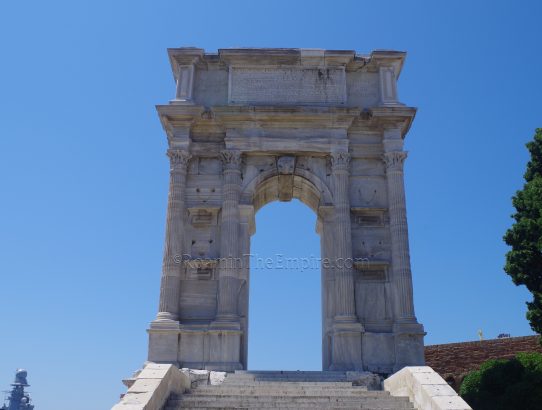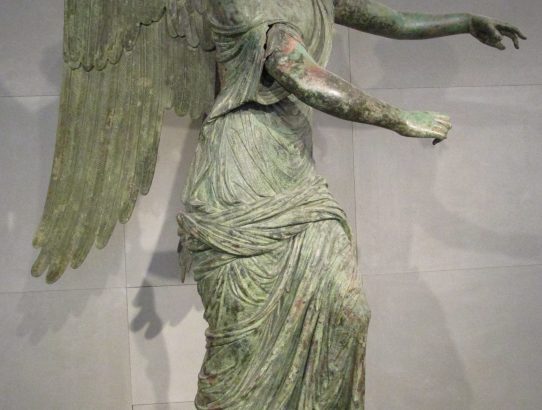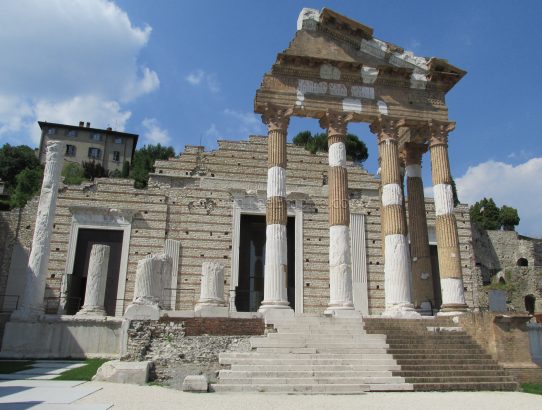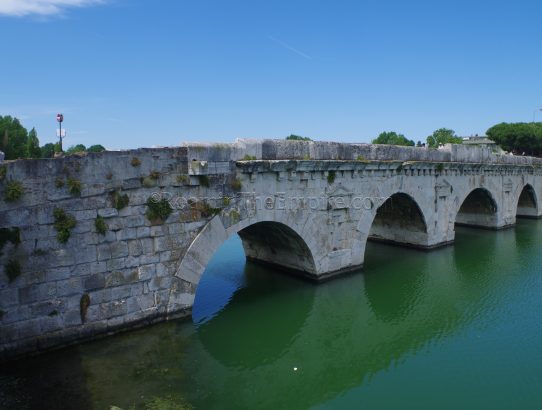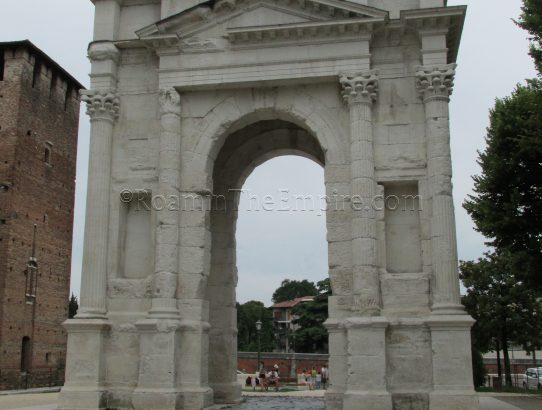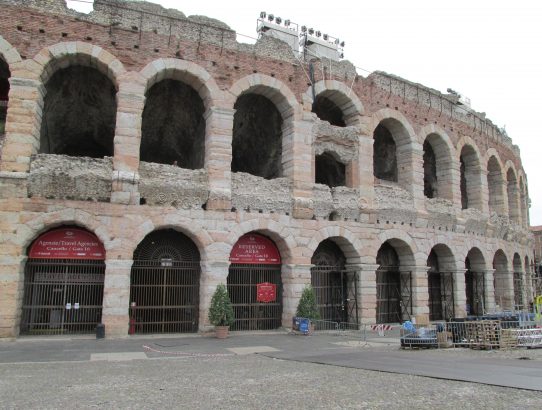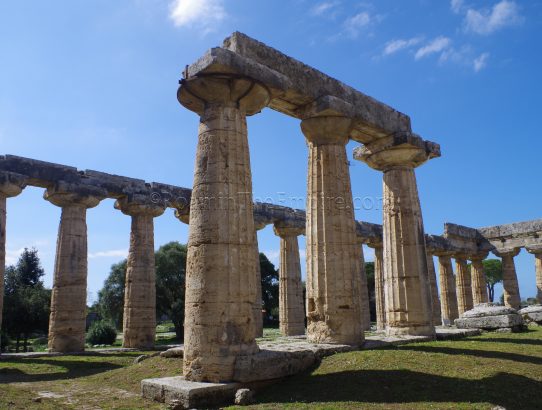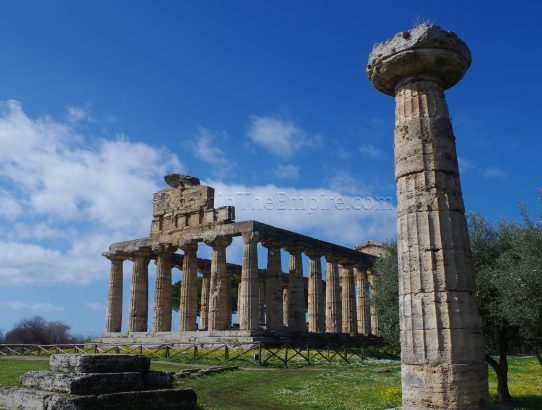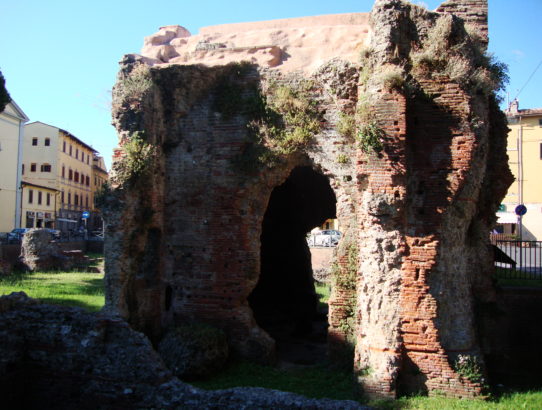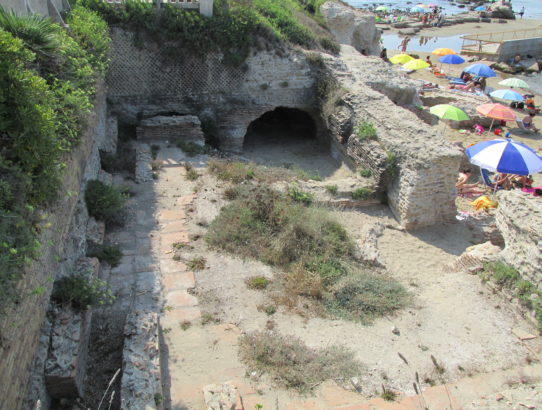Ancona, Picenum
The bustling port city of Ancona, on the Adriatic coast of Italy, seems to have begun life as a small settlement of the Italic Picentes, perhaps dating back to the 8th or 9th century BCE. It grew in importance, but, around 380 BCE a contingent of exiles from Syracuse, fleeing the rule of Dionysius I,…
Read More


